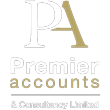
PROPER PRICING... don't undersell yourself
You have a firm grip on costs, productivity, your sales pipeline, delivery and quality. But have you got your pricing strategy right? And if not, why not? A tiered-system has many advantages.
Knowing the price and value of everything
According to business consultants and advisors, McKinsey & Company, even a 1% increase in your prices can lead to a profit improvement of 11%. In sensitive or competitive markets, it is essential to give pricing the attention the subject deserves.
But how do you know whether what you are offering is priced fairly or not? The answer is often more in the eye of the beholder - the potential purchaser - than based on any empirical method. Do you think, say, that a McLaren high-performance car carries a reasonable price tag at £166,000?
Somebody does. In fact, many people do, or McLaren would not be running a profitable business. The important point is that one price is not right for everyone.
So how do you tackle the 'black art' of pricing? it is important to remember that pricing is a psychology, not a system.

Costs in, costs out
One vital first measure is to take your quoted price, to which you are bound, and divide it by the number of hours you spend delivering your service. As essentially your sales price minus your costs, this gives you a first useful indication of whether you are out of the ball park on the wrong side.
For example, a garage owner decides to supply parts to his customers at cost and only charges for his service. His rationale is that he wants to keep loyal customers and not be perceived as a profiteer. In practice, he is working at a loss when the true costs of handling the parts become apparent.
Another way of looking at it is that many customers will pay for proprietary parts. An example here is say, the owner of a Mercedes car who prefers to pay for the perceived value of genuine Mercedes parts when his or her vehicle is serviced. Their perception of good value is not necessarily to cheapest.
Investing back into your business
By investing the profits of higher prices back into your company, you are also logically increasing value for your clients. Money spent on, for instance, improving product or service designs can be a direct benefit to customers.

Strategies
That still leaves the question of how to pitch your pricing. An effective strategy can be tier-pricing, which is a bracketing approach.
Tiers allow you to offer a reasonable price that you would be happy to work to which suits many customers. Above this, you can offer a premium price that come with additional attributes. A percentage of customers will want this. At the same time, you offer a bargain-basement price.
This approach takes the sting out of stipulating a price that some might find excessive. You also don't miss out on the lower end of the market. It allows customers to slot themselves into the value of service with which they feel most comfortable.
It also gives you the opportunity to realign your pricing structure if you have been operating with sub-market prices. Customers can see what they are getting for higher prices but can also see what they would get a for a lower price.
Big brand system
A 3-tier system is common in business and industry. EasyJet use it to anchor prospective passengers to their lowest price because they are a low-fare carrier. At the same time, the airline makes it very clear what you are getting for a higher charge, including more flexibility for example. The net result is that buyers begin to compare convenience rather than just costs
Starbucks are masters of the art too, managing to introduce value options around two basic offerings.
BMW focuses on bottom-up pricing. It anchors its prices at the lowest end and then lets natural desire take you up the scale. If you are going to buy a prestige motorcar anyway, you might as well push the boat out once and for all.

